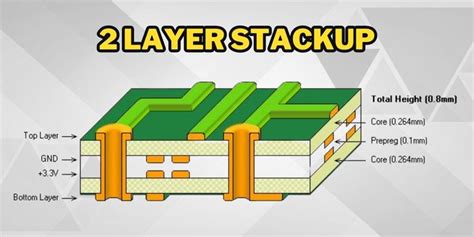Here is a comprehensive article on crypto trading signals, layer 1 solutions, and validator nodes:
Title: “Unlocking Crypto Potential: A Guide to Crypto Trading Signals, Layer 1 Solutions, and Validator Nodes”
Introduction
The world of cryptocurrency has come a long way since its beginnings. With the rise of decentralized finance (DeFi), blockchain technology, and innovative trading strategies, investors can now tap into the enormous potential of cryptocurrencies like Bitcoin, Ethereum, and others. One key aspect of investing in cryptocurrency is finding reliable trading signals that can help you make informed decisions about whether to buy or sell. In this article, we will explore three key components: crypto trading signals, layer 1 (L1) solutions, and validator nodes.
Crypto Trading Signals
Crypto trading signals are a powerful tool for investors to gauge market sentiment and predict price movements. These signals can be based on a variety of indicators such as news articles, social media trends, and technical analysis patterns. Some popular crypto trading signal providers include:
- Coinigy: Offers a range of crypto trading signals that use machine learning algorithms to analyze market data.
- CryptoSlate: Provides real-time trading signals for cryptocurrencies such as Bitcoin, Ethereum, and others.
- CryptoRank

: Uses natural language processing (NLP) to generate trading signals based on news articles and social media trends.
To make the most of crypto trading signals, it is essential to:
- Choose a reputable provider that uses high-quality data sources and algorithms.
- Set alerts for specific cryptocurrency pairs or market conditions.
- Monitor your trades and adjust your strategy as needed.
Layer 1 Solutions
Layer 1 (L1) solutions are the underlying blockchain networks that enable transactions between parties on a crypto exchange. L1s such as Bitcoin, Ethereum, and others provide a secure, decentralized way to transfer value. Some of the most popular Layer 1 solutions include:
- Bitcoin (BTC): The first and largest cryptocurrency, with over 50% market capitalization.
- Ethereum (ETH): Turing complete blockchain platform supporting smart contracts and decentralized applications (dApps).
- Polkadot (DOT): A layered blockchain that enables interoperability between different networks.
L1 solutions offer several advantages to crypto traders, including:
- Decentralized Governance: Layers 1 are governed by community-driven decision-making processes.
- Immutable Transactions: L1s use a consensus mechanism called proof-of-work or proof-of-stake (PoS) to secure transactions.
- Scalability: L1 can handle large volumes of transactions and scale horizontally.
Validator Nodes
Validator nodes play a key role in ensuring the integrity and security of the first layer solution. These nodes verify and validate transactions on the network, maintaining the consensus mechanism and securing the blockchain. Validator nodes are usually run by organizations such as:
- DAO: Decentralized Autonomous Organization (DAO) that maintained the Ethereum blockchain from 2016 to 2017.
- Genesis Energy: A validator node operator that helps maintain the proof-of-stake (PoS) consensus mechanism on Ethereum.
To get started with validator nodes, you’ll need to:
- Choose a validator node provider such as Genesis Energy or PoloniZ.
- Set up your node and connect it to a mining pool or solo mode.
- Configure your node to receive and validate transactions from the network.
Conclusion
Unlocking crypto potential requires a combination of reliable trading signals, first layer solutions and validator nodes. By understanding how these components work and using them effectively, investors can make informed decisions about buying and selling cryptocurrencies.
Lascia un commento